William T. Sherman: Evolution Of An Operational Artist [Illustrated Edition]
Nonfiction, History, Modern, 19th Century, Americas, United States, Civil War Period (1850-1877), Military| Author: | Major Steven E. Jackowski | ISBN: | 9781782893936 |
| Publisher: | Golden Springs Publishing | Publication: | August 15, 2014 |
| Imprint: | Golden Springs Publishing | Language: | English |
| Author: | Major Steven E. Jackowski |
| ISBN: | 9781782893936 |
| Publisher: | Golden Springs Publishing |
| Publication: | August 15, 2014 |
| Imprint: | Golden Springs Publishing |
| Language: | English |
Includes Civil War Map and Illustrations Pack - 224 battle plans, campaign maps and detailed analyses of actions spanning the entire period of hostilities.
General of the Army William Tecumseh Sherman was an extraordinary, controversial and complex individual. His ascension into the pantheon of American great captains was neither preordained nor expected. Wading through an average military career following his graduation from West Point, Sherman resigned his commission and tried his hand in the business and education sectors prior to the breakout of the American Civil War. Returned to active service in 1861, Sherman slogged through the first year of the war and found himself relegated to a recruiting and training billet in St. Louis, Missouri. Grasping the rising star of General of the Army Ulysses S. Grant, Sherman saved himself and elevated his performance to that of greatness. Forever associated with the Battles of Shiloh, Corinth, Chattanooga, Meridian and Atlanta and the Georgia and Carolina Campaigns, Sherman propelled himself from tactical mediocrity to operational brilliance. How did Sherman overcome his lackluster beginnings and transform himself into an inspiring figurehead studied throughout the world for his military accomplishments? By analyzing Sherman’s battles and campaigns from 1862-1865, this paper delves into his transformation by exploring his visualization and understanding of operational art through the lens of current United States Army doctrine.
Includes Civil War Map and Illustrations Pack - 224 battle plans, campaign maps and detailed analyses of actions spanning the entire period of hostilities.
General of the Army William Tecumseh Sherman was an extraordinary, controversial and complex individual. His ascension into the pantheon of American great captains was neither preordained nor expected. Wading through an average military career following his graduation from West Point, Sherman resigned his commission and tried his hand in the business and education sectors prior to the breakout of the American Civil War. Returned to active service in 1861, Sherman slogged through the first year of the war and found himself relegated to a recruiting and training billet in St. Louis, Missouri. Grasping the rising star of General of the Army Ulysses S. Grant, Sherman saved himself and elevated his performance to that of greatness. Forever associated with the Battles of Shiloh, Corinth, Chattanooga, Meridian and Atlanta and the Georgia and Carolina Campaigns, Sherman propelled himself from tactical mediocrity to operational brilliance. How did Sherman overcome his lackluster beginnings and transform himself into an inspiring figurehead studied throughout the world for his military accomplishments? By analyzing Sherman’s battles and campaigns from 1862-1865, this paper delves into his transformation by exploring his visualization and understanding of operational art through the lens of current United States Army doctrine.
![Cover of the book William T. Sherman: Evolution Of An Operational Artist [Illustrated Edition] by Major Steven E. Jackowski, Golden Springs Publishing](https://www.kuoky.com/images/2014/august/500x500/9781782893936-2M2k_500x.jpg)
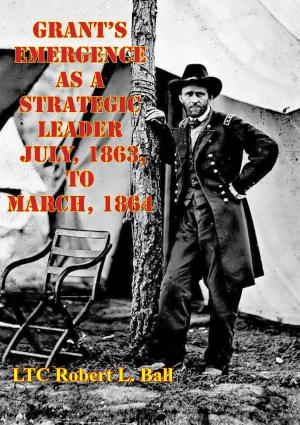

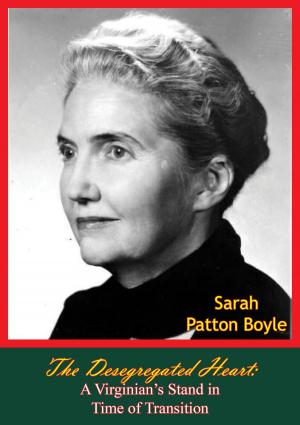
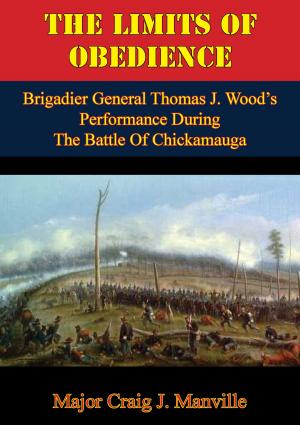
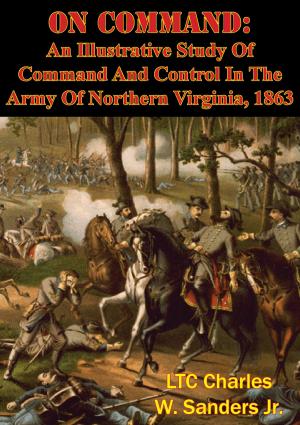
![Cover of the book The American War Of Sucession – 1863 [Illustrated Edition] by Major Steven E. Jackowski](https://www.kuoky.com/images/2012/may/300x300/9781908902474-IteH_300x.jpg)


![Cover of the book Four Years Under Marse Robert [Illustrated Edition] by Major Steven E. Jackowski](https://www.kuoky.com/images/2015/november/300x300/9781786251169-Rry8_300x.jpg)

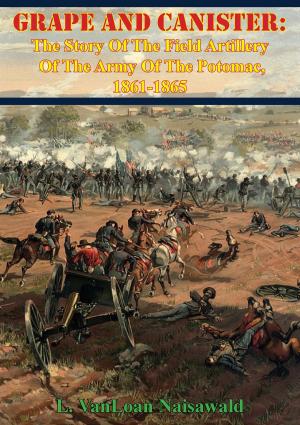
![Cover of the book Second Manassas: An Operational Dynamics Perspective. [Illustrated Edition] by Major Steven E. Jackowski](https://www.kuoky.com/images/2014/august/300x300/9781782894209-xHCg_300x.jpg)
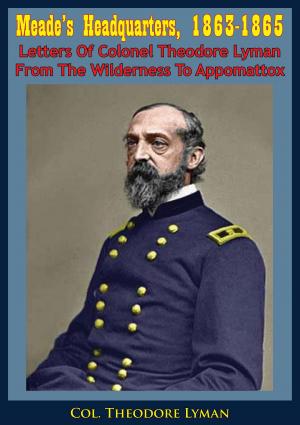
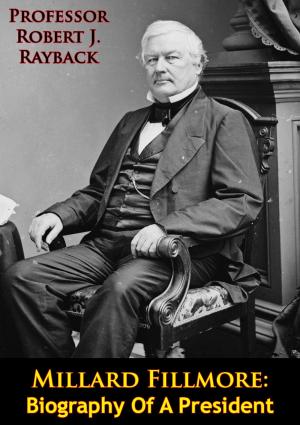
![Cover of the book Four Years In The Stonewall Brigade [Illustrated Edition] by Major Steven E. Jackowski](https://www.kuoky.com/images/2014/august/300x300/9781782898511-003X_300x.jpg)